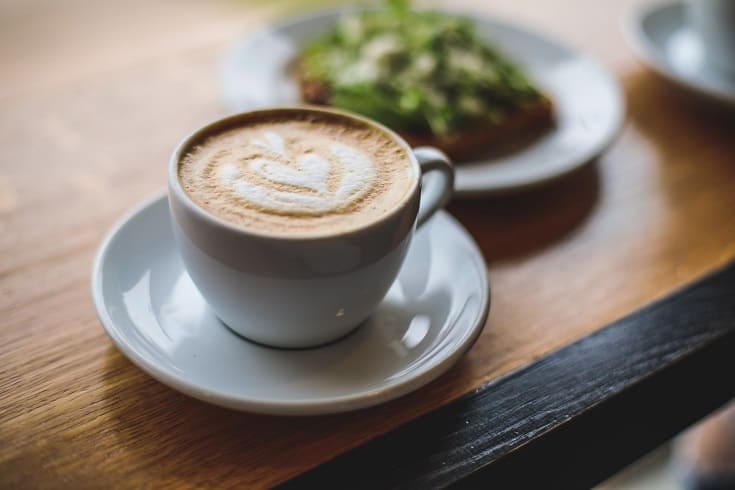
The cappuccino is a world-famous espresso drink that hails from Italy, a breakfast tradition with an interesting past. While many people rarely think about the cappuccino’s history, it has a somewhat confusing past intertwined with different influences. This foam-topped drink wasn’t always a fancy coffee shop drink, but a simple coffee and milk that changed the way coffee was served. In short, the first cappuccino was brewed in Italy.

What is a Cappuccino?
One of the most popular espresso drinks in the world, a cappuccino is an Italian specialty. A cappuccino is made with espresso, steamed milk, and milk foam, in equal parts. A cappuccino is always made with espresso and not coffee, which uses a different blend of beans and brewing methods. There are a few variations to the cappuccino, but the main concept stays the same.
Where Was the First Cappuccino Brewed?
While the history of the cappuccino may be confusing, the actual cappuccino drink was first brewed in Italy. Made around the 1900s with espresso and steamed milk, the cappuccino slowly gained popularity over the decades. The cappuccino drink is an evolved version of the Kapuziner, a coffee drink from Vienna’s coffee houses. Described as a coffee drink made with milk and sugar, the Kapuziner is the original drink that led to the modern cappuccino creation.
What Does ‘Cappuccino’ Mean?

The name ‘Cappuccino’ comes from a few different influences, with two that stand out the most: the ‘Kapuziner’ name for the Viennese drink of coffee with milk and sugar, and the ‘Capuchin’ monks in Italy. As we mentioned above, the Kapuziner is known as the predecessor of the modern-day cappuccino. The name ‘Cappuccino’ comes from the Kapuziner name, but the two drinks are different from one another.
The Capuchin monks of Italy wore robes of a brown-ish color, which resembled the color of the frothed milk and coffee drink. The legend says that a friar asked to weaken the strong coffee with milk or cream, resulting in a beverage that looked like the robes. The name ‘Capuchin’ is an Italian word referencing the hooded robes that the Capuchin monks wore.
Coffee Then and Now
The way we brew coffee is vastly different than how it was once brewed, especially compared with today’s coffee-making technology. Before the English and French started filtering out coffee beans in the 17th and 18th centuries, coffee was brewed unfiltered with boiling water and sugar. It resembles the Turkish method of brewing coffee, which is still done to this day. Eventually, though, filtered coffee caught on in popularity and completely changed the way we make coffee.
Espresso is Italian for ‘pressed out,’ which is quite literally how espresso is brewed for modern cappuccinos. Though the concept of milk and coffee is quite older than cappuccinos, Italy’s favorite breakfast drink has evolved from the Kapuziner of the Viennese coffee houses. Today, cappuccinos are a must-have in the morning, though no later than 11:00 am in Italy.

Does the Order of Espresso and Milk Matter?
Yes, the order in which you pour the espresso, hot milk, and milk foam matters with a cappuccino. The reason is that modern espresso drinks are made in very specific ways, including the cappuccino. If you pour it out of order, you’ll create a different drink. To make a cappuccino, you must pour equal parts of the espresso first, then the hot milk, and finish it off with the milk foam.

Conclusion: Cappuccino Origins
Cappuccinos are a fairly simple drink to make, but their history is more complicated than it may seem. Between the Capuchin monks and the Kapuziner drinks in Vienna, it’s hard to tell when exactly the first cappuccino was made and what it would look like today. Since coffee brewing has drastically changed since the 17th century, the cappuccino we know and love today has gone through a lot of transformations before becoming a staple in Italian culture.
RELATED READS:
- What is a Wet Cappuccino?
- Does a Cappuccino Have Caffeine?
- When is National Cappuccino Day?
- Where Do Coffee Beans Come From? The Seed to Cup Process
Featured Image Credit: Scott Warman, Unsplash















